For us mommas, our family’s health and wellness are always a top priority. Today, many places face air pollution as a problem. Here’s where indoor plants for oxygen come in.
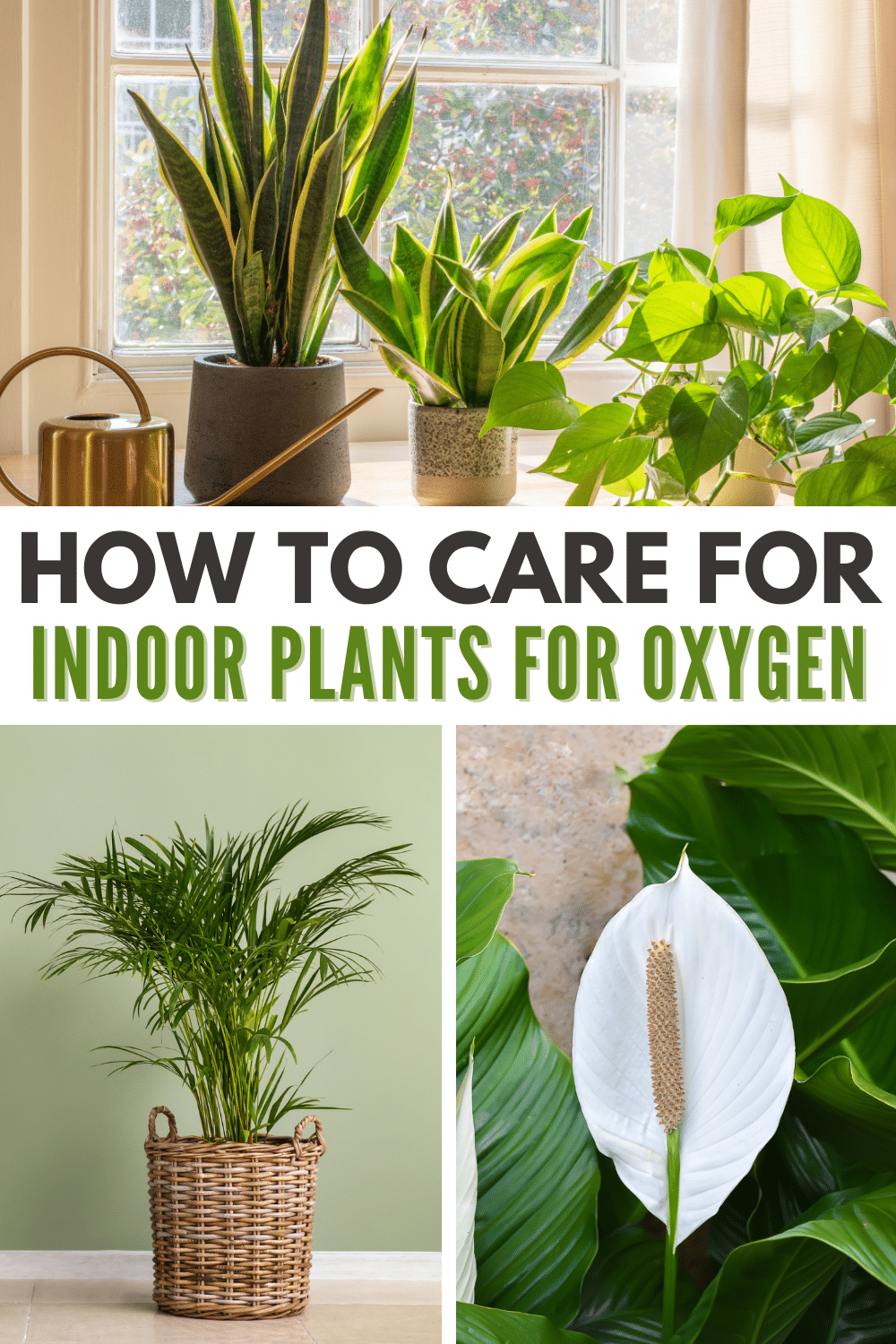
Besides their beauty, I love caring for indoor plants for oxygen because they provide better air quality. Almost all plants naturally produce oxygen via photosynthesis, and many of them are amazing at absorbing and getting rid of pollutants.
But what are the best indoor plants that you can get for the job? Read on for the top choices.
Jump to:
The Best Indoor Plants that Release Oxygen
Pothos
The trusty pothos plant is a great indoor plant that helps increase oxygen levels. This gorgeous species is low-maintenance. So, if you want to improve your air quality indoors without much of a fuss, this plant does the job.
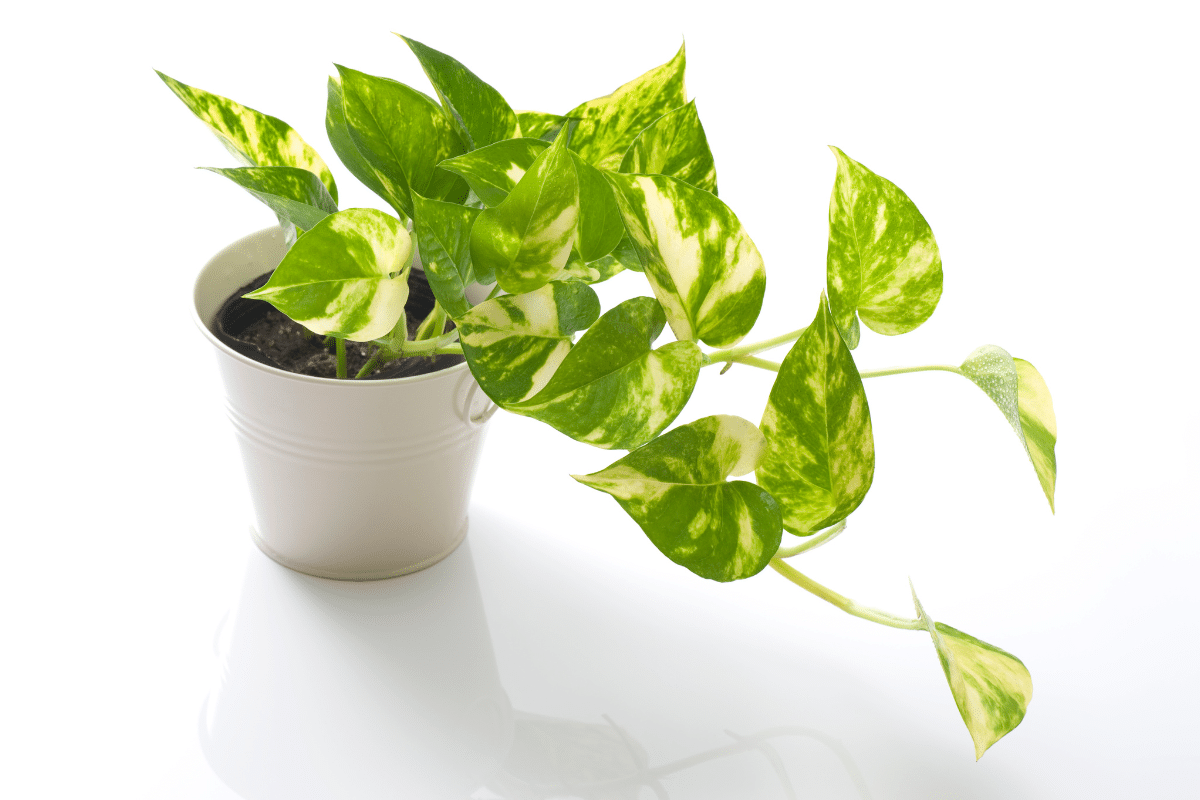
The pothos plant is known to produce oxygen at night with a high CO2-to-oxygen conversion rate. In fact, a study found that the Pothos helped decrease CO2 by 6.5%. This also resulted in a higher oxygen reading in the space.
Aloe Vera
The aloe vera plant is another great plant that can help with the quality of air and oxygen production in your home. In fact, it’s one of the best indoor plants to help purify the air inside your home. Studies have found it can help remove formaldehyde from the air inside a living space.
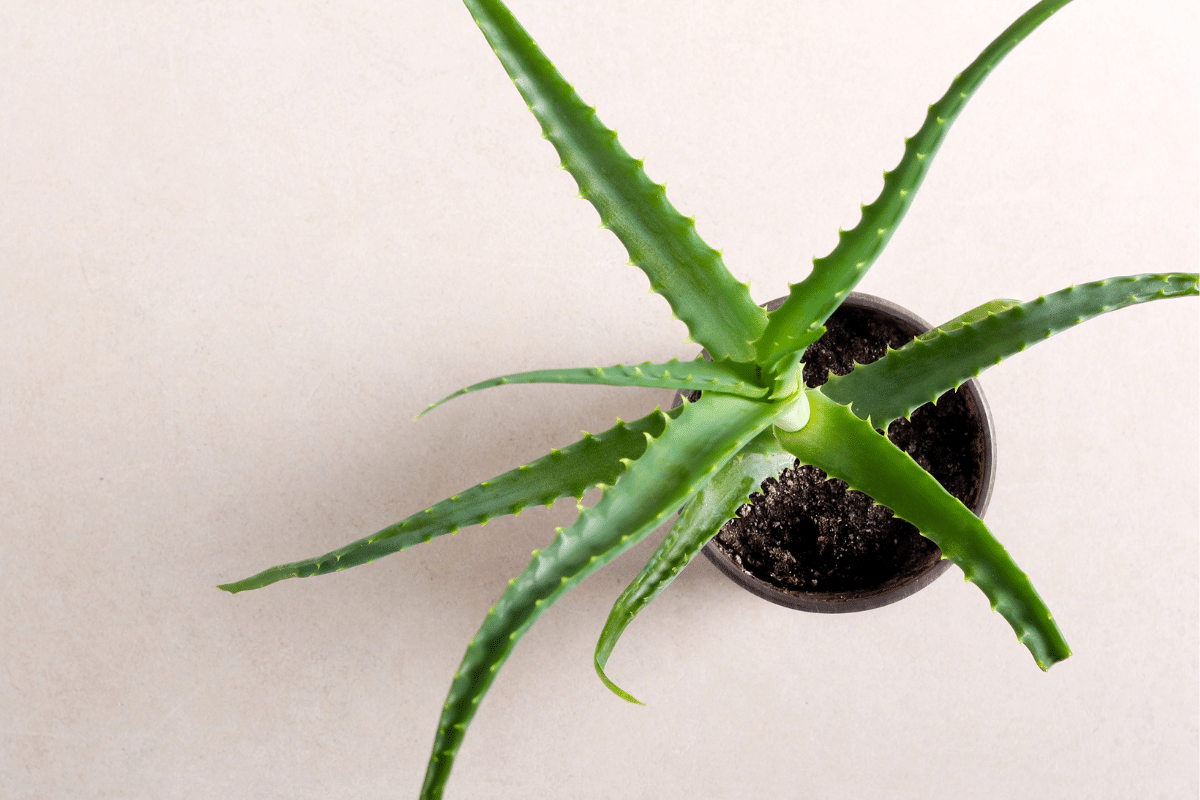
I also think aloe vera is also one of the easiest indoor plants to grow. It doesn’t need that much water and sunlight to thrive and survive.
Weeping Fig
One of the top 10 indoor plants in the world that improve air quality is the weeping fig. According to NASA’s Clean Air Study, this foliage plant helps boost the air quality in your home by removing pollutants such as xylene and toluene from the air.
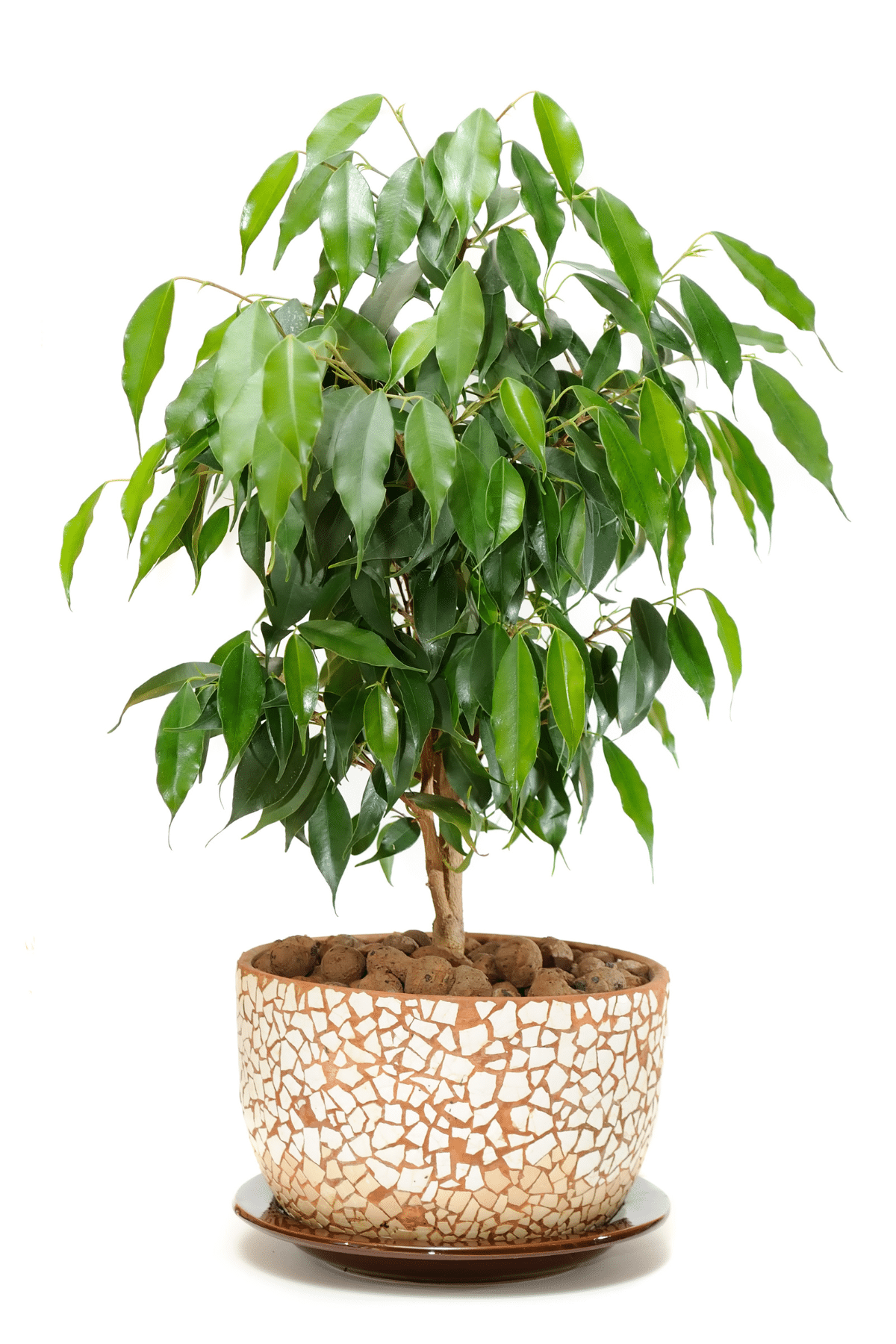
This plant enjoys moist soil, but remember not to overwater it. It thrives in bright, indirect sunlight, too. If you need plants that help improve the air in your home or office, this one is one of the best plants to get.
Snake Plant
The snake plant is a popular indoor plant that produces oxygen at night. It’s widely considered one of the top indoor plants for increasing oxygen that you can get. You can easily identify snake plants by their long, green foliage with a striped pattern, resembling snake skin.
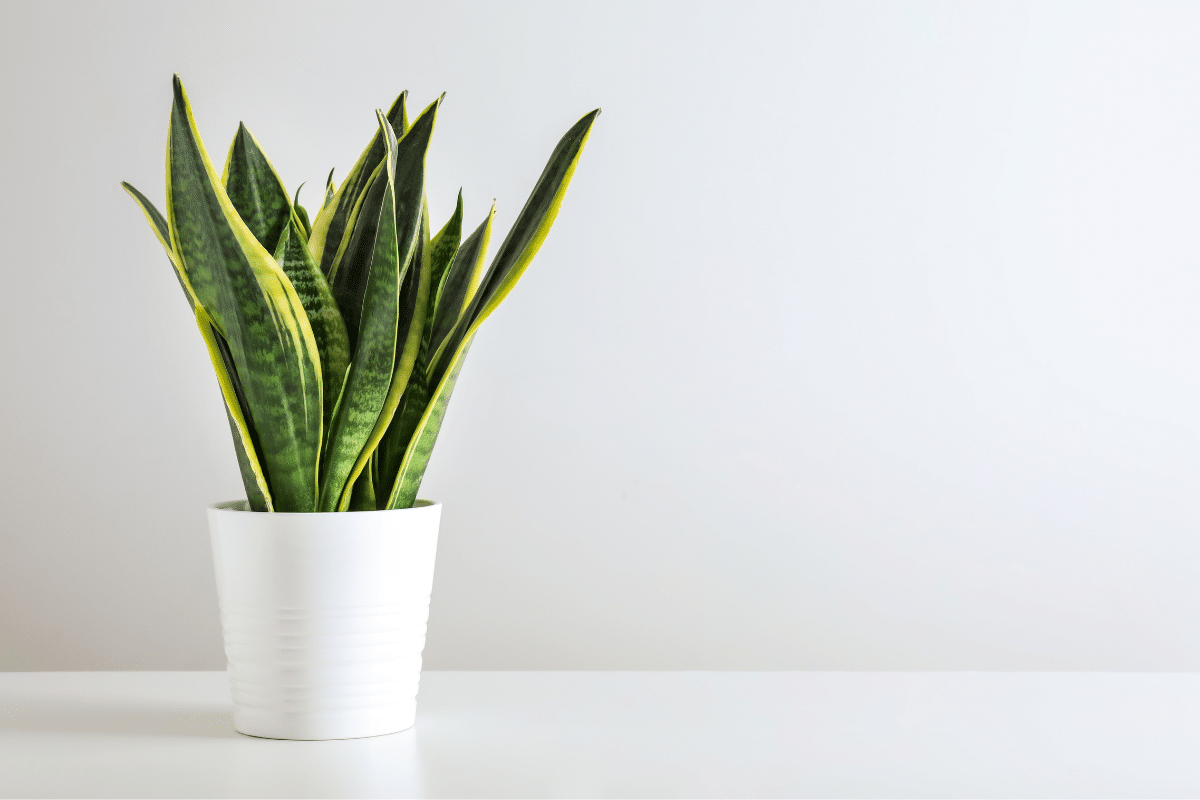
Snake plants are also considered air-purifying plants. They’re not only widely used at home, but you can also find them in hospitals because of their ability to help improve air quality.
Spider Plant
One of the most popular house plants around, spider plants can help improve your home’s air quality. It’s an excellent choice if you want to remove xylene from the air, helping reduce indoor pollution. Also, spider plants are an excellent species for reducing carbon monoxide levels indoors.
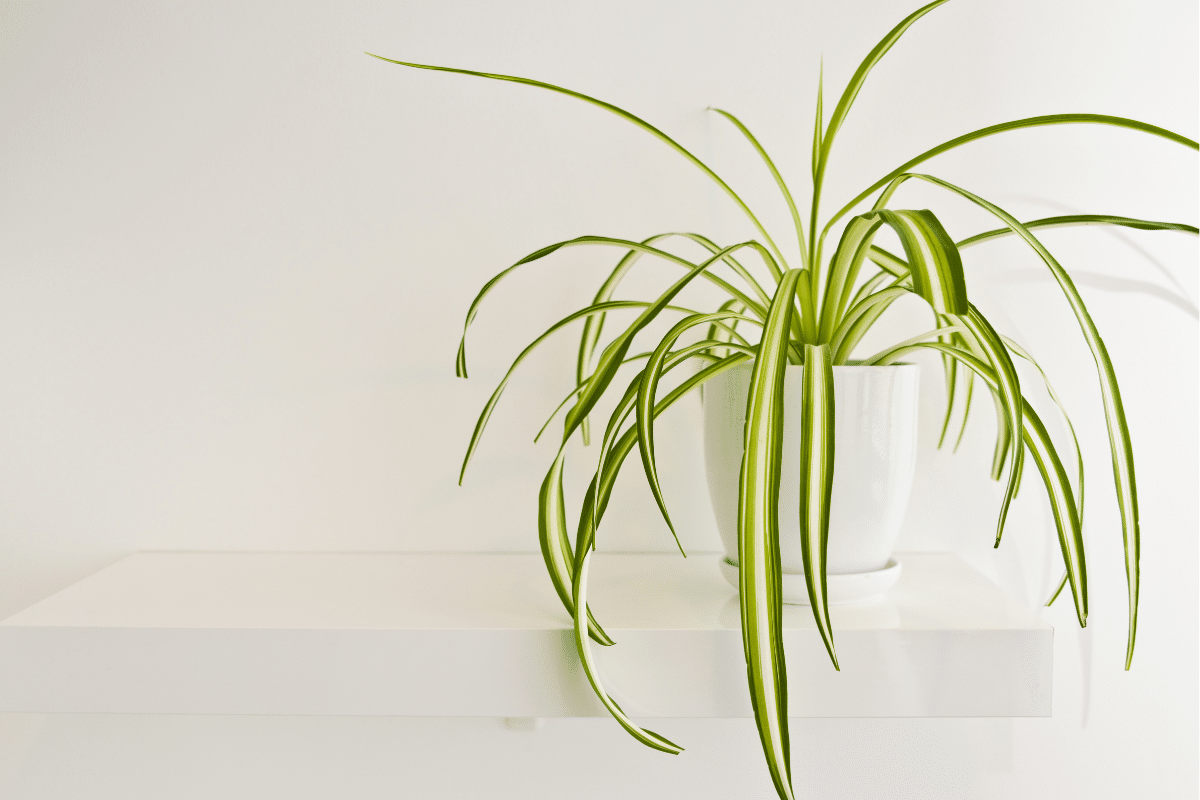
Another thing that makes this a popular choice is its resilience. It doesn’t really need too much maintenance, and it’s a wonderful plant for a beginner indoor gardener.
Gerbera Daisy
If you’re looking for a flowering plant that can provide clean air and oxygen indoors, check out Gerbera daisy. It has beautiful green leaves and eye-catching red flowers that can easily be incorporated into any room.
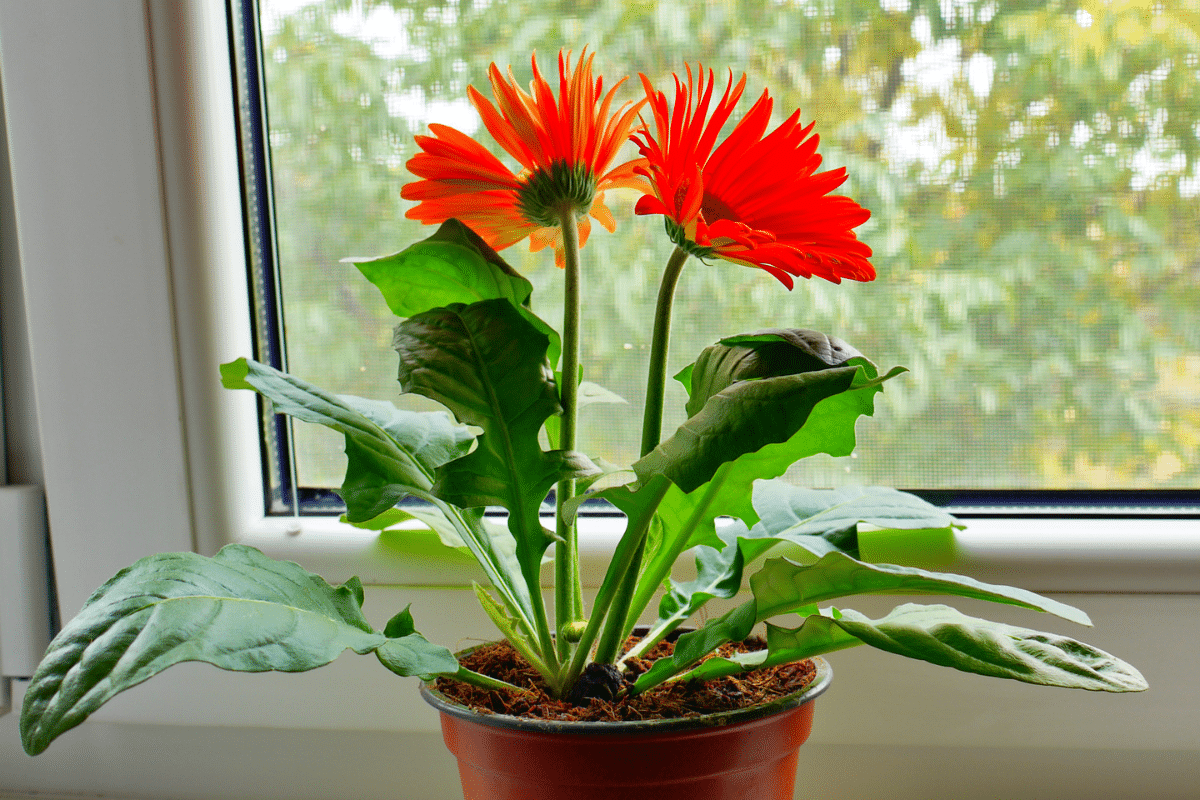
Of course, it’s also one of the best plants indoors that you can use to remove pollutants like benzene and xylene from the air. Personally, I find that taking care of it is a breeze, too. You just need to keep its soil moist and provide it with indirect sunlight to help it thrive.
Tulsi
Holy Basil or Tulsi is well known for its medicinal benefits, such as helping treat asthma and colds, and even supporting your cardiovascular health.
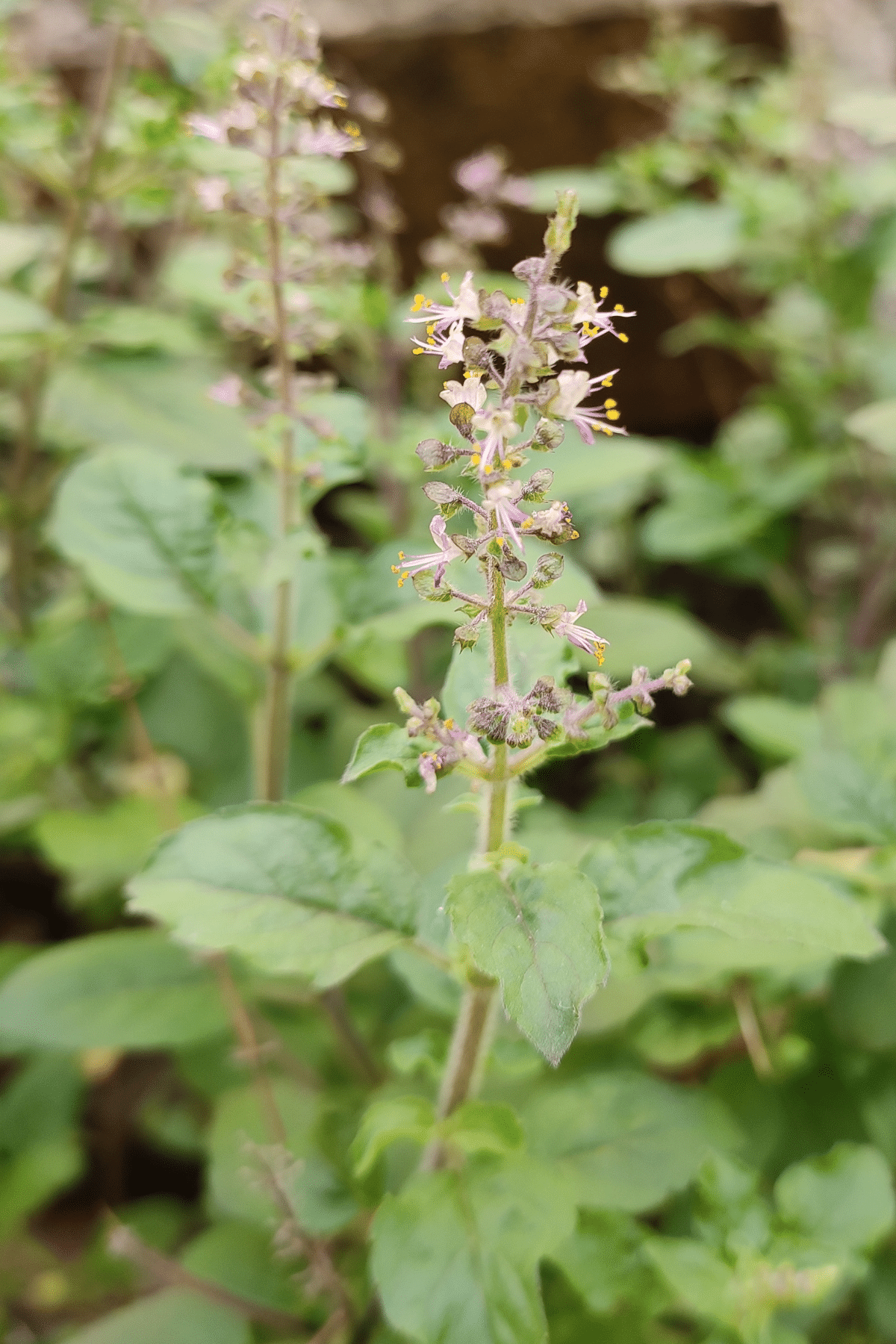
But that’s not all, it’s also known for being one of the best 10 indoor plants for increasing oxygen throughout the day. In fact, this plant produces oxygen for up to 20 hours a day. It also helps reduce pollutants in a room, removing CO, CO2, and benzene from the air.
Peace Lily
The peace lily is one of the best beautiful flowering plants for increasing oxygen levels. It’s a plant that produces oxygen at night and helps improve air quality in a room.
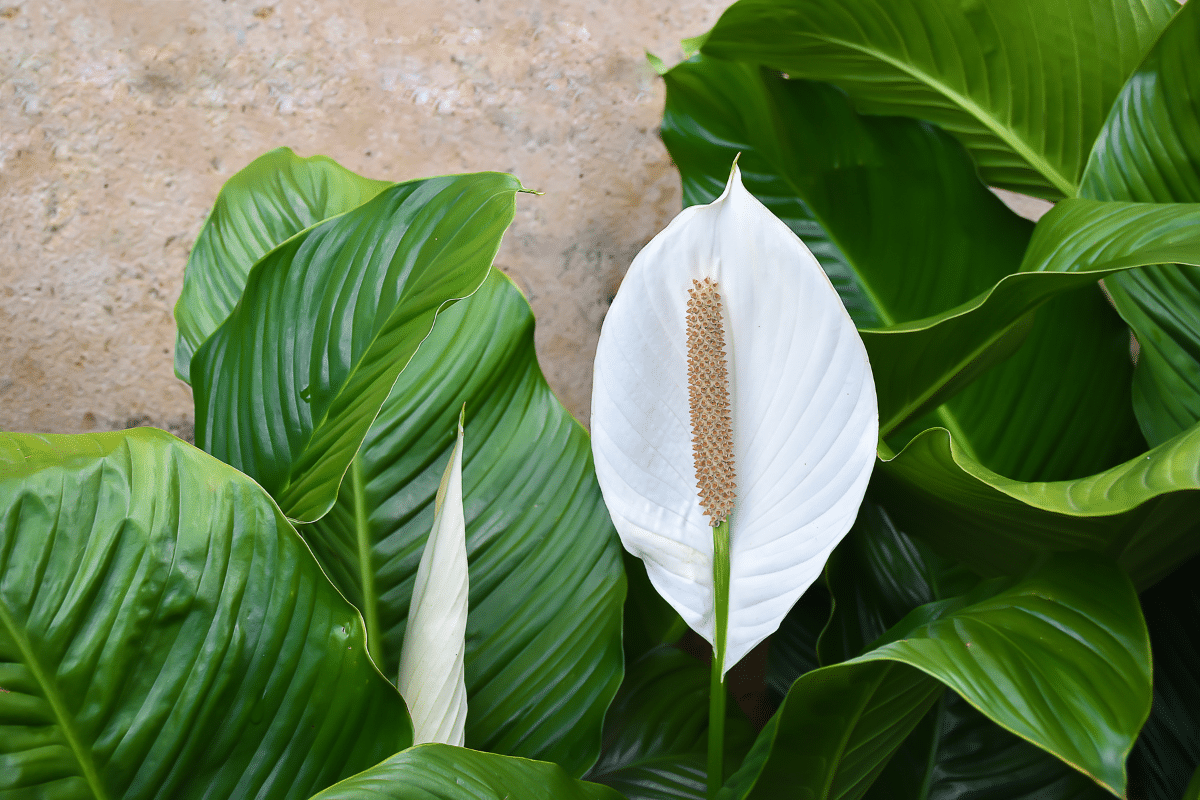
Peace lilies are also easy to take care of. They’re low maintenance, highly beneficial, and incredible additions to any living space.
Areca Palm
Areca palms are an excellent species to get for increasing indoor oxygen levels.
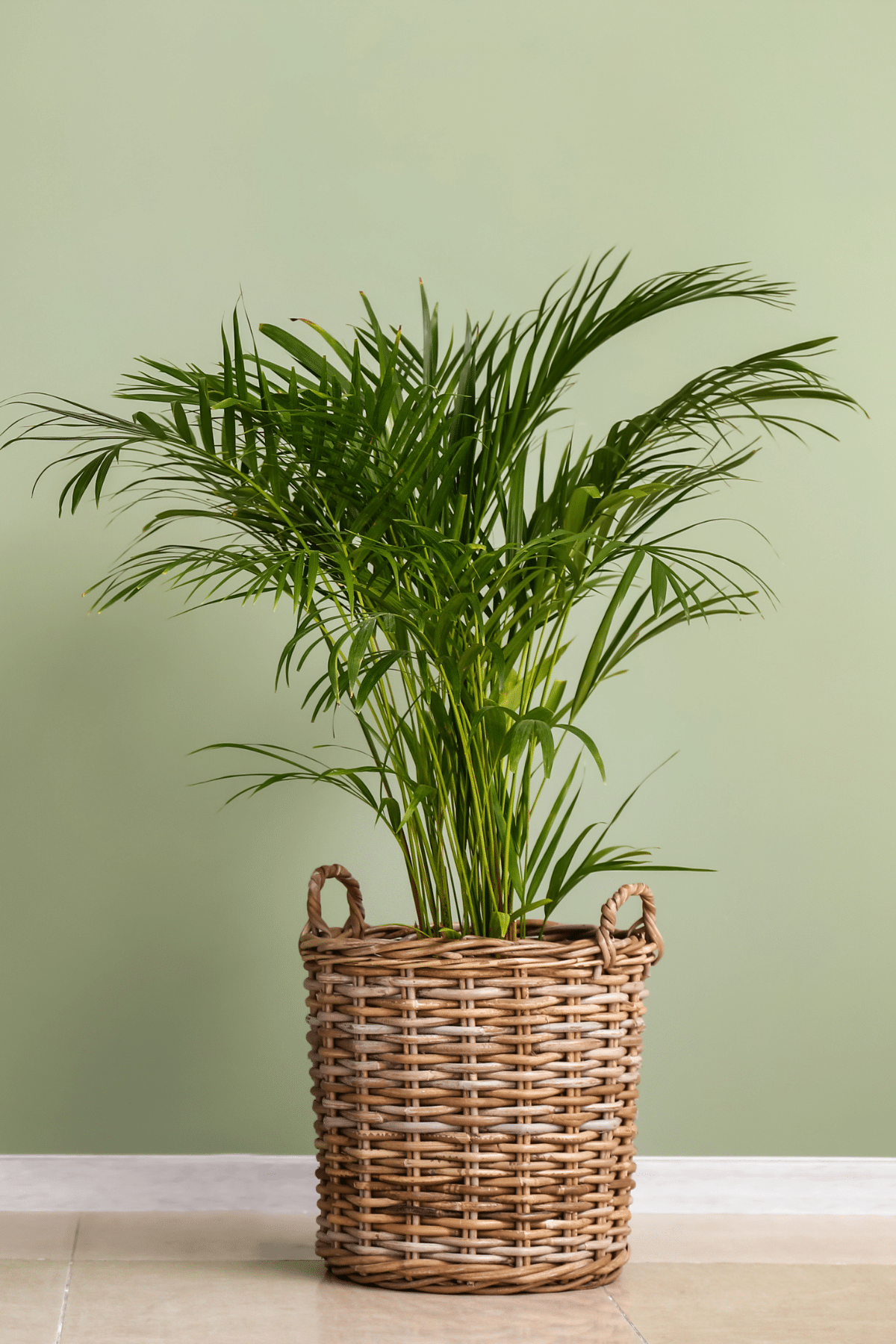
It’s a type of tropical tree that can be small enough to grow indoors. Besides being an oxygen-producing indoor tree, this plant also helps provide a good supply of clean air by absorbing formaldehyde, benzene, and toluene from the air.
Money Plant
The money plant, of course, like every plant on this list, helps increase the amount of oxygen in a living space. It also helps remove pollutants in the air, including excess carbon dioxide, benzene, xylene, and formaldehyde.
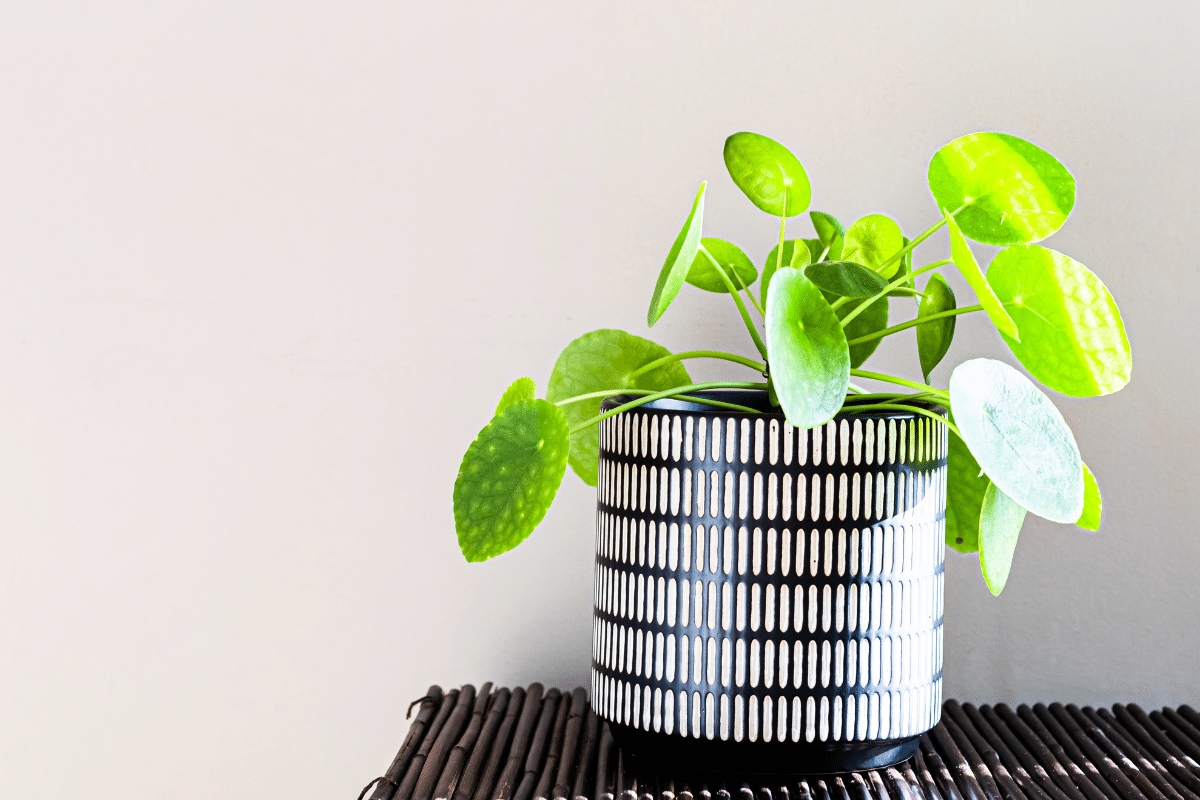
While it’s a stunning houseplant that is easy to care for, it can be toxic to pets. So, to hit two birds with one stone, elevate the way it looks by growing it as a hanging plant.
Other Benefits of Having Indoor Plants in Your Home
Having indoor plants is a great way to decorate your space at home. But did you know that the benefits of having them extend beyond aesthetics? Other than better oxygen levels and improved air quality, here are some other benefits you can get from caring for indoor plants:
- Indoor plants may help reduce a person’s stress levels.
- Having indoor plants in your home may help improve your attention.
- Looking at greenery may help you recover faster.
- Plants may help improve work outlook.
- Taking care of plants can be therapeutic.
Care Tips for Indoor Plants to Maximize the Oxygen Produced
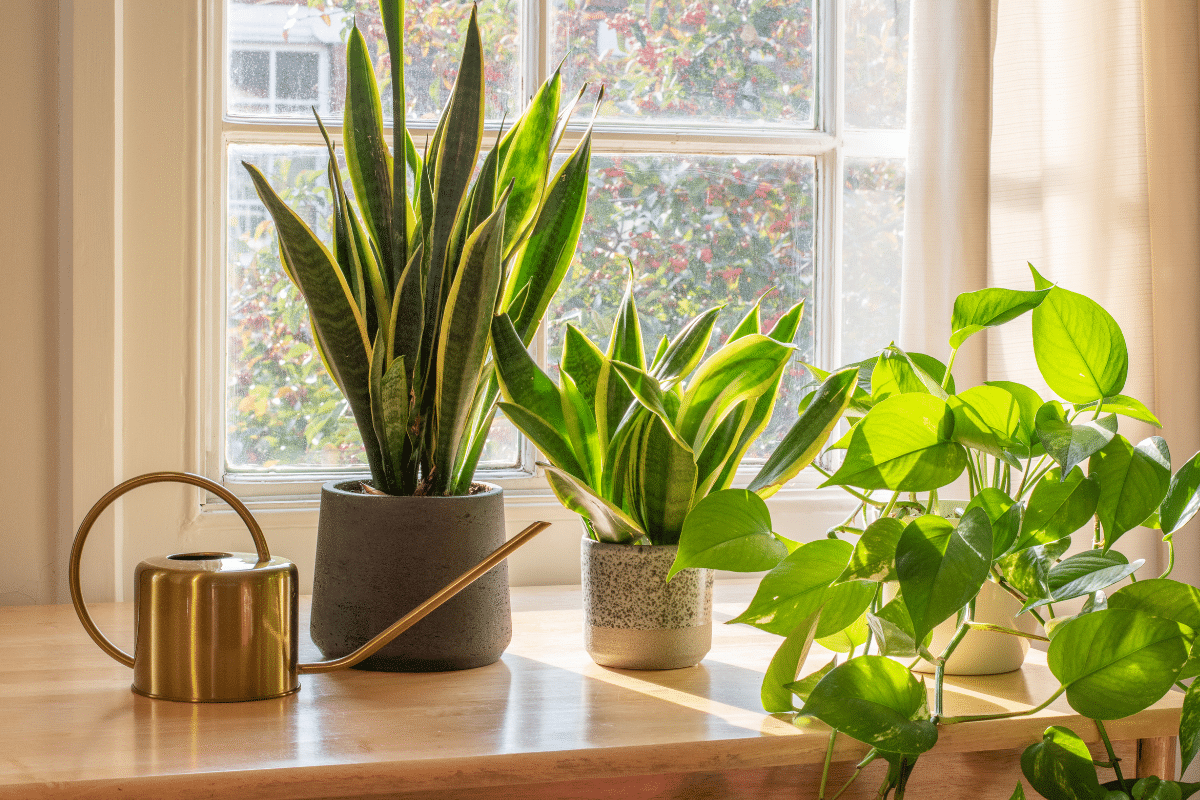
Lighting
Many of us learned about photosynthesis in school. This is the process that plants need to produce oxygen; for this process, you need to give your plant adequate light.
Most plants that you can grow indoors love bright, indirect sunlight, so place them in a spot where they can get this. If you don’t get to enjoy plenty of natural sunlight, grow lights may work well to help meet your plants’ needs.
Watering
As standard practice in taking care of most indoor plants, watering them properly is a must. If you water them too infrequently, this may cause your plant to undergo photosynthesis suboptimally. Meanwhile, overwatering can waterlog the roots and result in root rot. This plant condition also blocks the oxygen exchange that happens on the roots.
Humidity
Many plants that provide better levels of oxygen indoors are from tropical climates, so they naturally enjoy humidity. Depending on where you are, living spaces are prone to being dry. To help your plants release oxygen better and help them grow healthy, you may need to reach the best humidity level for your plant.
To do so, you may opt to buy and use a humidifier. Alternatively, you can also do misting or place a water tray close to your plants.
How to Optimize Oxygen Distribution
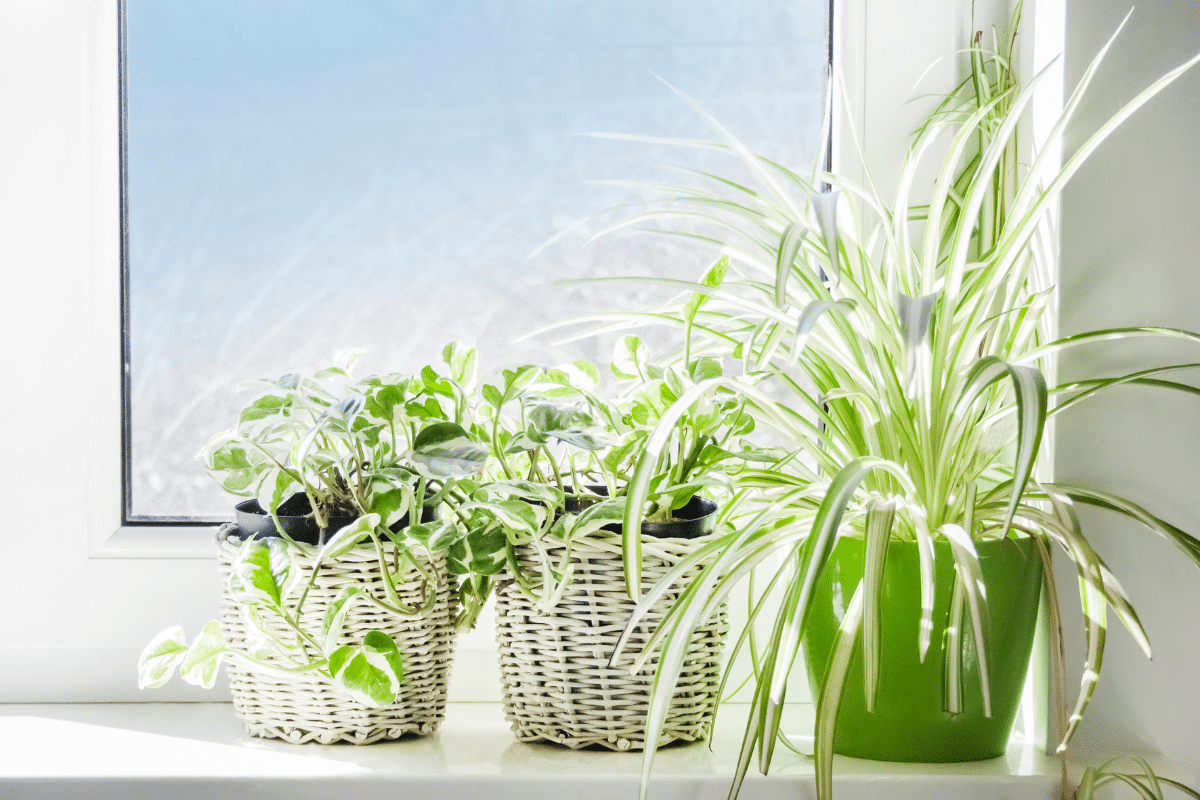
1. Optimize your plants’ oxygen distribution by considering how big your plants are. Mixing plants of different sizes in a living space may be best. This helps maximize both your space and oxygen production. If you need some ideas, here are the best large plants for living room.
2. Place your plants near windows. This provides them with bright, indirect light. It’s also where air from the outside enters the room. By placing plants close to windows, they can immediately absorb pollutants.
3. Create clusters. When arranging your plants, consider making clusters. Place several different plants close together. This helps increase oxygen production while creating a micro-environment that helps maintain optimal humidity.
FAQs
No, not all plants do this.
Most plants indeed need sunlight for photosynthesis and for releasing oxygen. However, some plants can produce oxygen even without the sun present. The snake plant is one type of plant that releases oxygen at night and during winter months when the sun is not present.
Yes. While they don’t have the speed that air purifying appliances have, plants can absorb more pollutants overall.
The best candidates for this are the snake plant, aloe vera, and tulsi. These three can make a lot of oxygen during the day and at night.
Breathe Easy with Indoor Plants
Taking care of indoor plants goes beyond aesthetics. Yes, they look incredible in any living space, whether as statement pieces or even just in the background. But these plants help us, more than just being pretty.
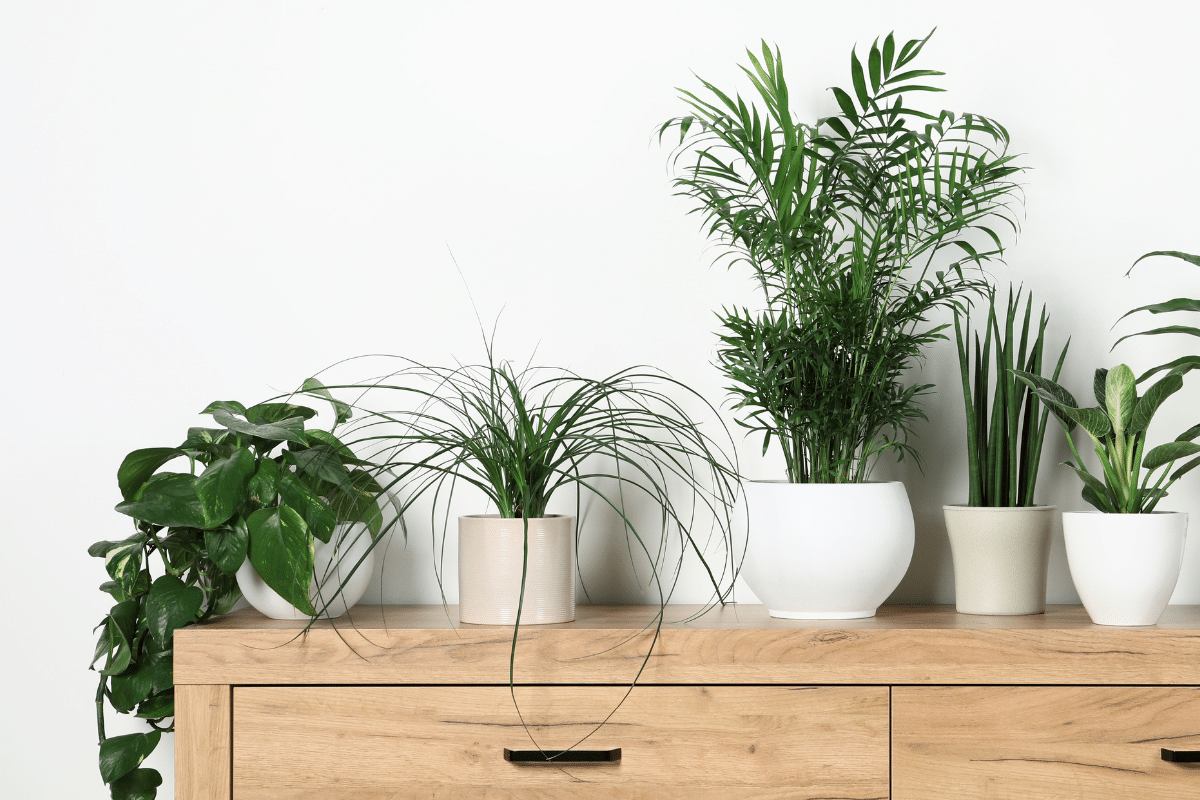
Indoor plants have the power to help us live and breathe easier. They help protect us from pollutants while providing us with the oxygen we breathe.
Want to get plants that can double as oxygen-producing wonders? Why not take care of one of the indoor plants mentioned here?
